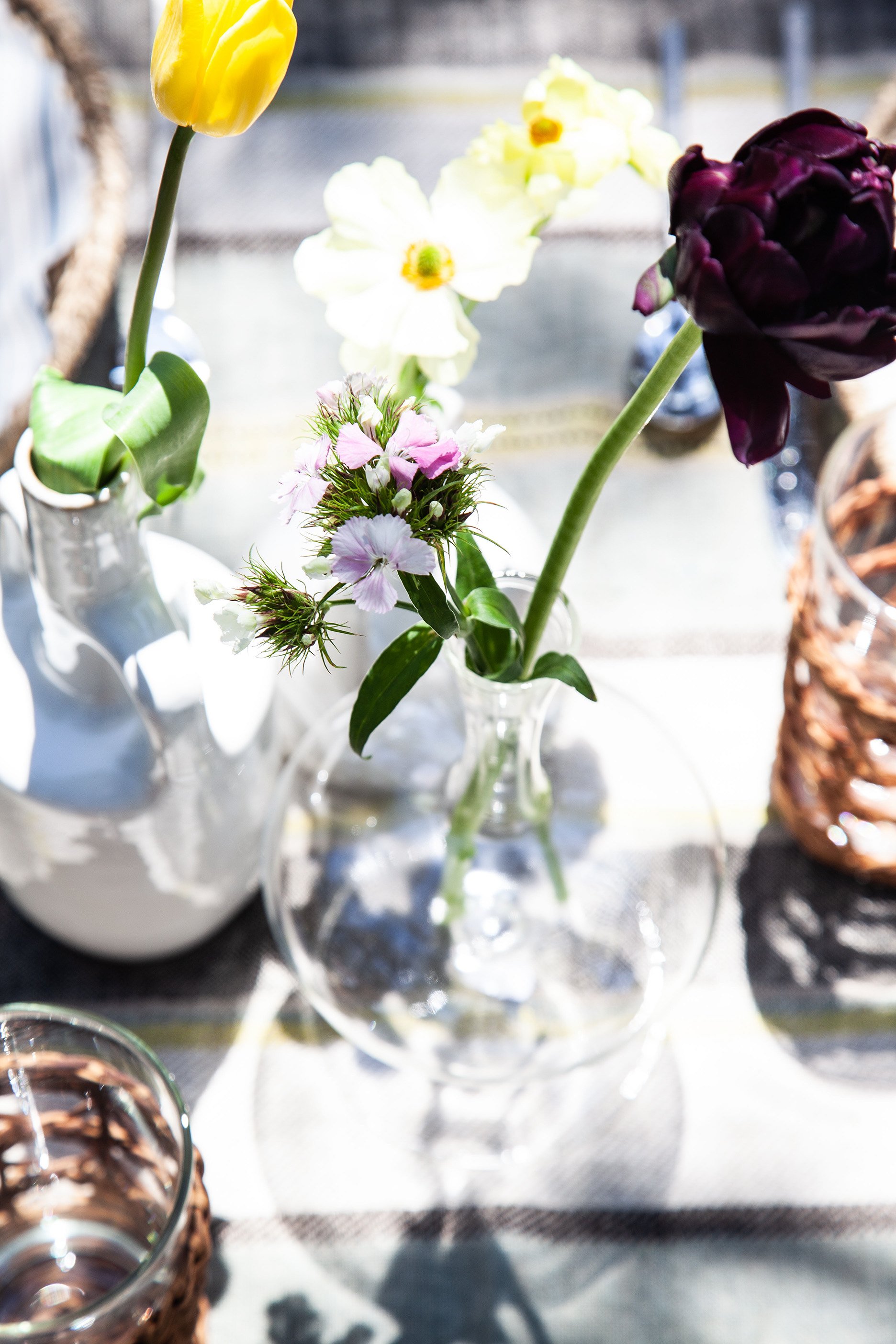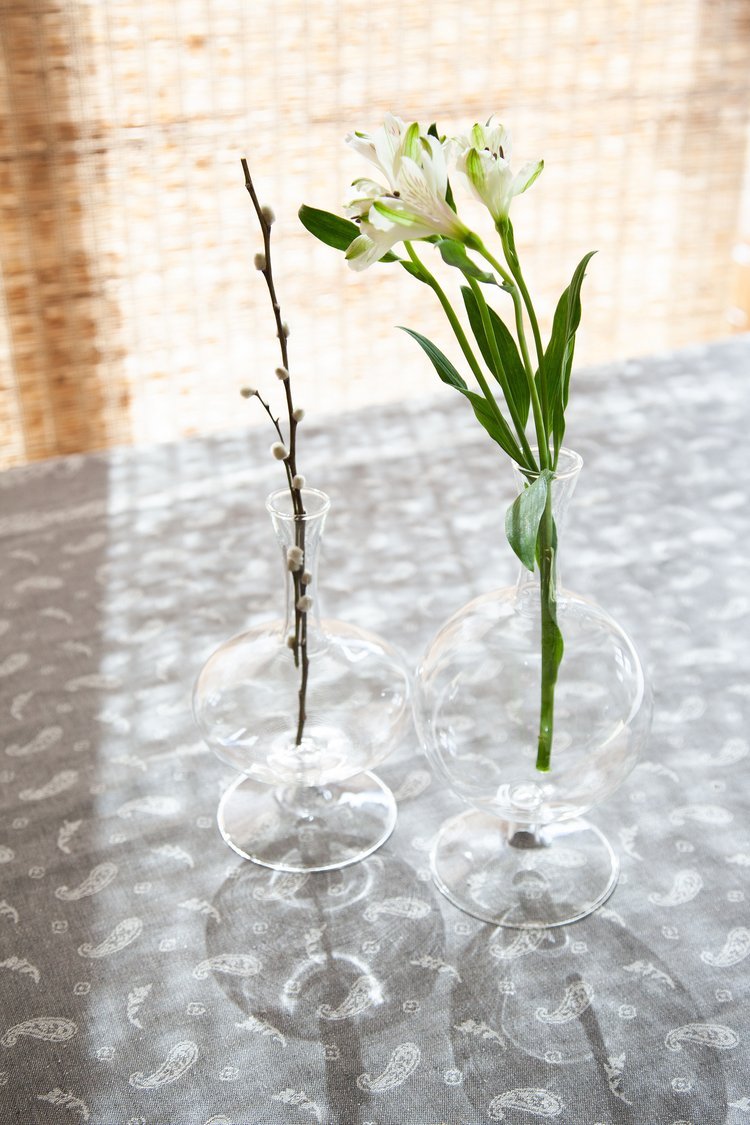No matter what time of the year it is, fresh flowers are on the top of my necessity list. I don’t always have to have a full-blown formal arrangement, sometimes a few fresh-cut blooms in a bud vase or even just a bowl full of greenery does the trick.
I find flower arrangements to be a fun and creative outlet for me. With the knowledge of a few principles, it is easy to let your creativity go and begin creating your own arrangements! Ready to get started?
Principles Of Flower Arrangement
By no means a set of rigid rules, here are 7 key principles of floral design that I find most relevant:
1. Balance: I consider both physical and visual balance crucial. It's essential to distribute the weight evenly to keep the arrangement upright and visually appealing. Whether symmetrical or asymmetrical, balance sets the tone for the overall look.
2. Scale: Scale matters in floral design, whether it's about fitting the arrangement to its surroundings or creating a diverse range of sizes, colors, and textures for a balanced composition.
3. Proportion: Proportion goes hand in hand with scale, ensuring that every element in the arrangement relates harmoniously in size and placement, from flowers to containers.
4. Dominance/Emphasis: A focal point is key in floral design, drawing attention through contrasts in size, color, or texture, adding depth and interest to the arrangement.
5. Rhythm: Rhythm guides the viewer's eye through the arrangement, creating a sense of movement and cohesion from one element to another.
6. Contrast: Contrast highlights the unique features of the arrangement by juxtaposing different elements, making the focal point stand out and adding visual intrigue.
7. Harmony: Ultimately, harmony is the goal, achieved when all the principles work together seamlessly to create a visually pleasing and cohesive floral design experience.
Creating Your Own Unique Arrangement
First, find a vessel that speaks to you, whether it's a cherished vase or a unique bowl—anything that can hold water. Let your imagination run wild as you explore options.
As you consider balance, form, and color, don't forget to play with texture, adding depth and interest to your arrangement.
Here are a few of my favorite floral ideas to ignite your creativity:
Keep it simple with petite and delicate flowers like roses or wildflowers in a small bud vase. Perfect for small spaces and as accents alongside larger pieces.
Choose a vase that complements your style, whether it's vintage, traditional or contemporary. Experiment with unique placements beyond the dining table for a touch of personality.
Elevate your space with a tall, glamorous floral arrangement that draws attention. Perfect for mantles, sofa tables or perhaps an entry with a high ceiling.
Create a stunning waterfall effect with flowers cascading from a narrow vase. Mastering this arrangement adds unique elegance to your space.
Inspired by ikebana, arrange flowers along stems to create bespoke designs that accentuate minimalist interiors with modern flair. The use of a flower frog (found at floral or craft store) in the bottom of your container makes creating these type of arrangements easy.
Here are some photos that illustrate a few of these flower arrangement ideas along with some creative vases.




